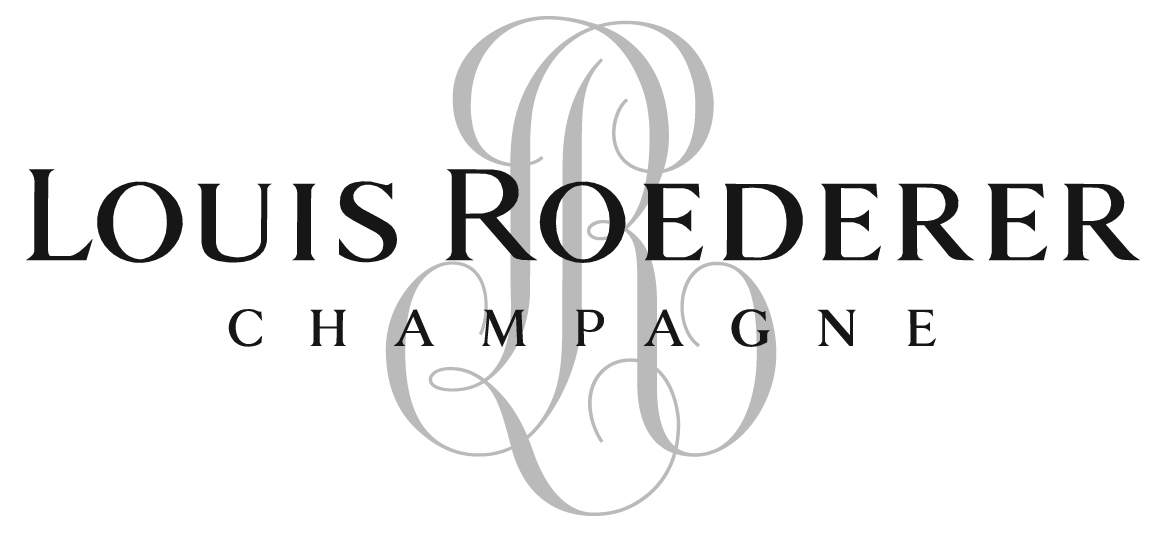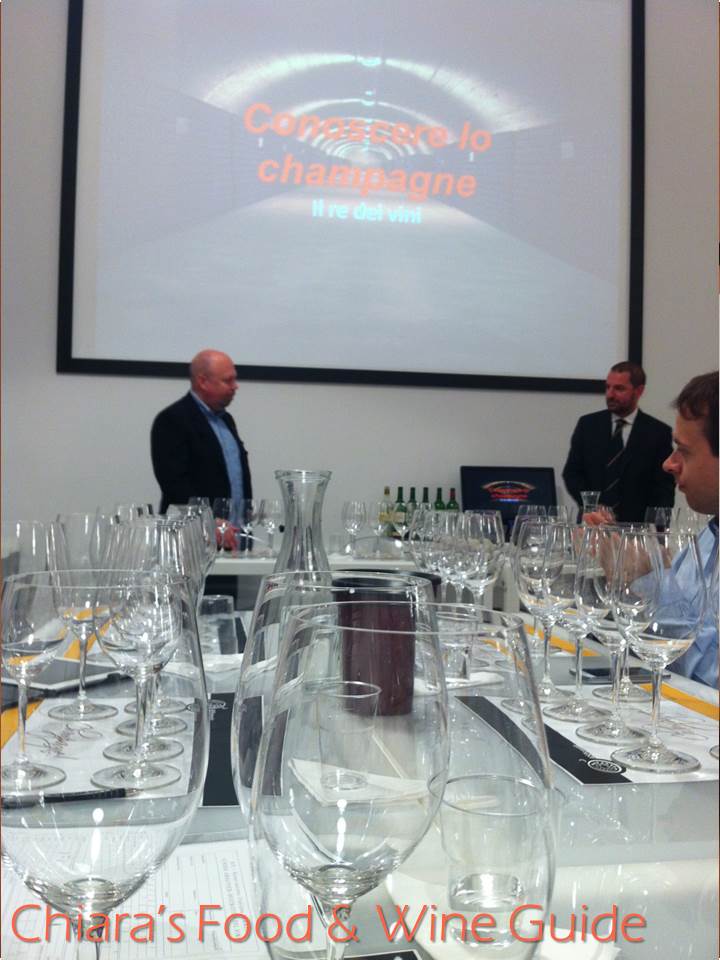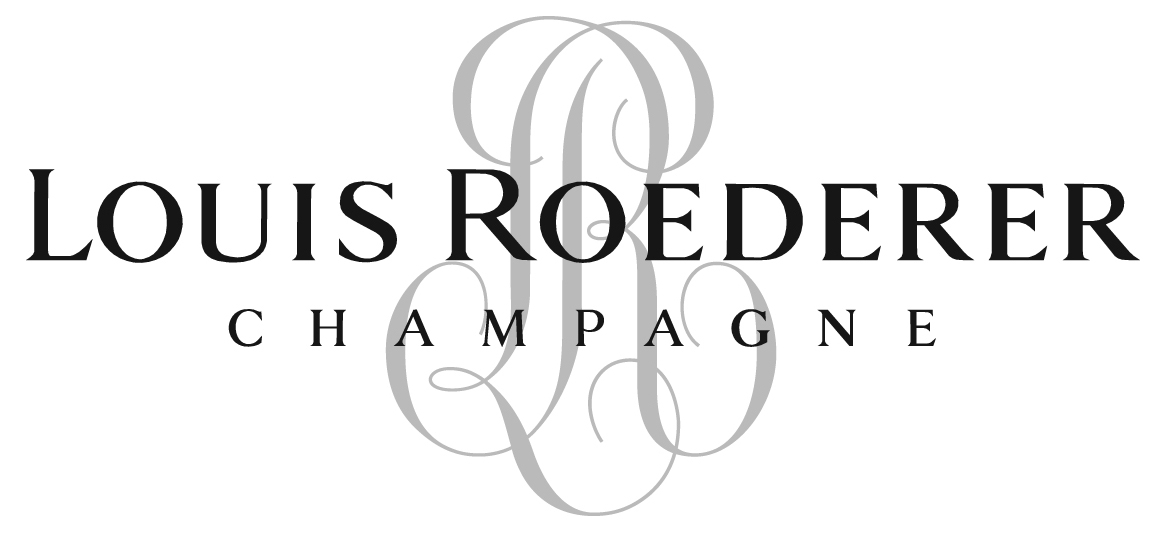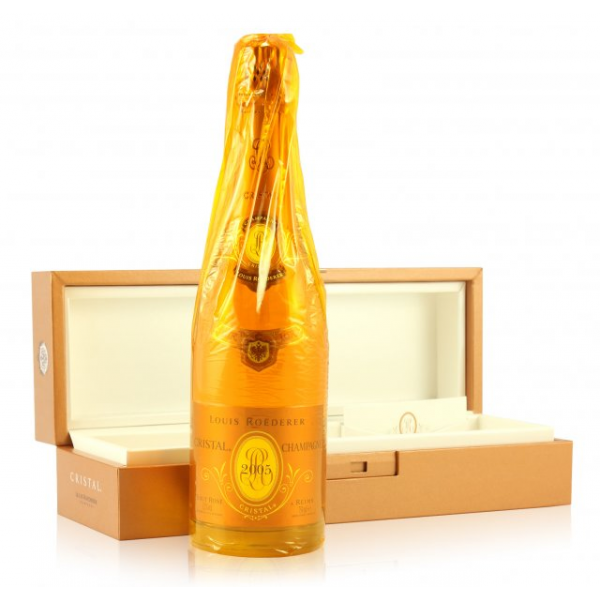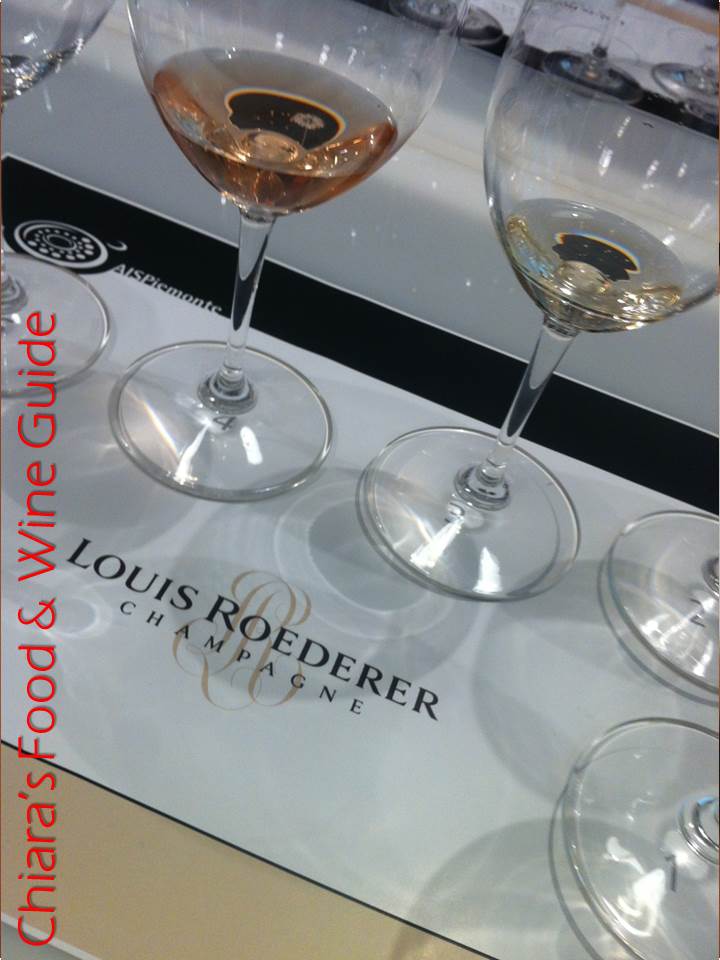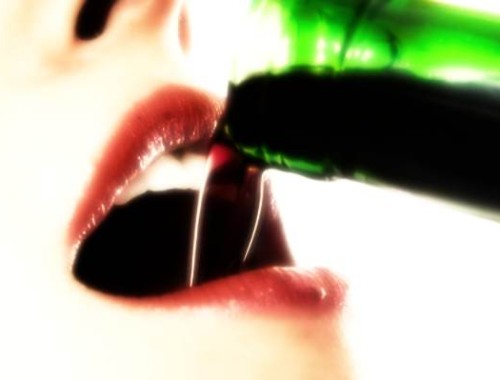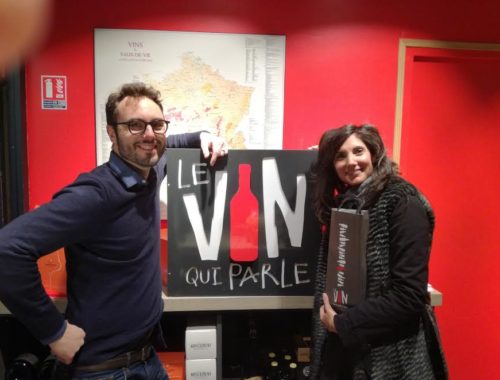Reviewing wines by writing some tasting notes or, even worse, by just scoring them is always very simplistic, especially in case of historical and crucial names such as the famous Maison of Champagne Louis Roederer.
I have recently had the chance to participate in a Master Class entirely dedicated to this house, organized by the sommelier Association of Torino and held by the Italian expert of Champagne mr. Lupetti, author of the guide “Grandi Champagne” – Guide to the best French bubbles in Italy.
The meeting begins with a question: “What is the best Champagne?” Clearly… it depends! It depends on the vintage and if you open it at the right time, which is not even easy to predict. But Louis Roederer is certainly among the best ones with its production of something around 3 millions of bottles per year.
Then, as a result of this meeting, made interesting by clarity and professionalism of mr. Lupetti, I would try to answer the question “Why and how is Louis Roederer…. simply Louis Roederer (LR)?!”.
I am going to retrace some useful information along with some notes related to some of the most important Champagne we have tasted together.
- PROPERTY. The current owner is only Frédéric Rouzaud; his father (Jean-Claude) dismissed the other two brothers to leave one head at the direction!
- VINEYARDS. The first move of the House has been to buy the best vineyards, purchased in the best cru, evaluating the optimal exposure and various other aspects, the majority of the vineyards they work on are owned. The use of chemicals is nearly zero, the yields are very low and this is obtained naturally, explains Lupetti (i.e. pushing the plant to produce less).
- BIODYNAMIC AGRICULTURE? L.R. It is probably the largest manufacturers of Biodynamic (about 150 acres). Many people do not even know it as, at the beginning they only tried but then they have been impressed by the result. Despite this, they have no certification to avoid to remain tied to conditions that in the future may not respond to their needs/goals.
- CHÂTEAUX. The Maison L.R. introduced this concept: they do not have small plots but large blocks, rare condition in Champagne, they own the majority of the vineyards. The few grapes they buy (used only for the basic line) are mainly grown next to their own vineyards.
- TRADITION. They do not perform malolactic fermentation, popular choice in the past. Moreover, the house has always used vin de réserve kept in wood barrels, unlike other Maison which are rediscovering this practice only recently.
- INNOVATION. It is probably the only Maison which is developing its own yeasts (from biodynamic vineyards), they will be present in products starting from vintage 2014. It is the only one Maison with its own nursery, so the chef de cave is selecting not only the best clones of Pinot Noir (they have well 150 ones!) but also the rootstock. The aim is to create a unique style, the signature of the Maison.
- CURIOSITY. Their flagship product is “Cristal“, unfortunately today “massacred” as symbol of luxury and ordered, for example, in many clubs where there is not attention to serving temperatures, not to mention the vintages that should never be the current ones! L.R. had also a sort of discussion with the well-known Ca’del Bosco, Italian house of sparkling wines, when they realized a similar packaging with transparent bottles and orange film. The total number of bottles produced is unknown, it seems to be about 700,000 or so and that’s incredible if you think of the result on such a large scale.
TASTING NOTES.
- Louis Roederer Premier Brut non vintage: (40% Chardonnay, 40% Pinot Noir and 20% Pinot Meunier, assembly of wines vinified in oak casks). Among the best non vintage Champagne according to many, even if it is the one produced by grapes by not owned vines; with abundant but caressing bubbles. Hint of citrus, creamy.
- Louis Roederer Blanc de Blancs vintage 2008: (as the name suggests: 100% Chardonnay). Excellent vintage that gives a remarkable and well integrated freshness. Intense, with a nice hint of citrus but also a floral touch. “Vinous” aroma, exactly how the chef de cave (mr. Jean-Baptiste Lécaillon) wants. It is a Grand Cru although this is not written on the label!
- Louis Roederer Brut Vintage 2007: (70% Pinot Noir, 30% Chardonnay, 30% of them in wood) still young, complex, with a nice hint of dried fruit and a very good minerality. Particularly pleasant in the mouth and long too. Lupetti defines it “illustrious unknown” because many people go for the basic one or directly for the top of the range, the famous Cristal, but this intermediate stage offers great value for money.
- Louis Roederer Vintage Rosé 2008: (65% Pinot Noir, 35% Chardonnay, 20% of them vinified in wood). The color is delicate reminding the onion’s skin; the wine is fine, full-bodied with notes of red berries on the nose.
- Louis Roederer Cristal 2006 (60% Pinot Noir, 40% Chardonnay, aged in the cellar for 6 years and kept 8 months after disgorgement). Young! The bubbles are very fine and ‘elegance’ is the only word that can define it. Concentrated, fresh and smooth at the same time.
- Louis Roederer Cristal 1999. A few words! You cannot guess the age, not even by the color; creamy, round, fat, without any sign of abating. Cristal was created for the Tsar Alexander II who asked the house to keep the best cuvée year by year; on this occasion, they created a special bottle (with a flat bottom and transparent to show the brightness).
(versione ITA)
Limitarsi ad un elenco di note di degustazione di un vino o, peggio ancora, al solo punteggio è sempre molto riduttivo. Figuriamoci quando siamo di fronte a nomi storici e di grande rilievo sul mercato internazionale come la nota Maison di Champagne Louis Roederer.
Ho avuto modo di partecipare ad una Master Class tutta dedicata a questa casa, organizzata dai sommelier AIS di Torino e tenuta dall’esperto italiano di Champagne Alberto Lupetti, autore della guida “Grandi Champagne” – Guida alle migliori bollicine francesi in Italia.
L’incontro inizia con una domanda: “Qual è il migliore Champagne?” Chiaramente la risposta è: dipende! Dipende dall’annata e se questa la apri al momento giusto, cosa -tra l’altro- non facilmente prevedibile. Ma Louis Roederer è certamente tra le migliori con i suoi 3 milioni di bottiglie.
Allora, a seguito di questo incontro reso interessantissimo dalla chiarezza e dalla professionalità di Alberto, io vorrei provare a rispondere alla domanda “Perché Louis Roederer è… Louis Roederer (L.R.)?
Lo farò ripercorrendo alcune informazioni utili e curiose emerse e certamente analizzando alcune delle bottiglie più importanti.
Proviamo a schematizzarlo per rendere queste informazioni più immediate:
- PROPRIETA’. L’attuale proprietario è Frédéric Rouzaud, suo padre (Jean-Claude) liquidò gli altri 2 fratelli per lasciare una sola testa alla direzione!
- VIGNE. La prima mossa della Maison è stata quella di avvalersi dei migliori vigneti, acquistati nei migliori cru, valutando le esposizioni ottimali e vari altri aspetti, la maggior parte di questi sono di proprietà. L’uso dei prodotti chimici è ridottissimo, le rese sono molto basse e questo viene ottenuto naturalmente, spiega Lupetti (cioè spingendo la pianta a produrre meno).
- AGRICOLTURA BIODINAMICA? L.R. è tra i più grandi produttori di Biodinamico (con circa 60 ettari). Pare abbiano iniziato per gioco restando colpiti dal risultato. Nonostante ciò, non hanno certificazione per evitare di legarsi a condizioni che in futuro potrebbero non rispondere più alle loro esigenze o ai loro obiettivi.
- CHÂTEAUX. È proprio la casa L.R. ad introdurre questo concetto: non possiede piccoli appezzamenti ma grandi blocchi, cosa rara in Champagne. Le poche uve che acquista (utilizzate solo per la linea base) sono comunque, per gran parte, accanto alle vigne di proprietà.
- TRADIZIONE. Tra le varie, non svolgono fermentazione malolattica come accadeva in passato. Le bottiglie di Chardonnay degli anni ’50 hanno dato grandi soddisfazioni e allora non si svolgeva malolattica. Inoltre, la casa utilizza da sempre vin de réserve conservati in botte, a differenza di altre Maison che stanno riscoprendo questa usanza recentemente.
- INNOVAZIONE. Probabilmente è l’unica Maison che sta sviluppando i propri lieviti, selezionati dai vigneti biodinamici; questi saranno presenti nei prodotti a partire dall’annata 2014. È l’unica ad avere un proprio vivaio, grazie al quale lo chef de cave sta selezionando non solo i migliori cloni di Pinot Noir (ne hanno 150!) ma anche il portainnesto. Tutto questo per rendere unico lo stile della Maison.
- CURIOSITA’. Il loro prodotto simbolo è il “Cristal”, purtroppo oggi “massacrato” in quanto simbolo del lusso e bevuto, ad esempio, in molte discoteche dove viene fatta poca attenzione alla temperatura di servizio, per non parlare delle annate che non dovrebbero mai essere quelle correnti! L.R. ebbe anche un confronto con l’azienda italiana Ca’ del Bosco quando quest’ultima realizzò un packaging simile con bottiglia trasparente e pellicola arancio. Sconosciuto il numero totale di bottiglie prodotte ma pare siano circa 700.000 o giù di lì e questo è incredibile se si pensa al risultato su così larga scala.
LA DEGUSTAZIONE.
- Louis Roederer Brut premier senza annata: (40% di Chardonnay, 40% di Pinot Noir e 20% di Pinot Meunier, assemblaggio di vini vinificati in fusti di rovere). L’unico nel quale utilizza uve conferite. Tra i migliori Champagne base senza annata secondo molti, con bollicine abbondanti e carezzevoli. Nota agrumata, cremoso.
- Louis Roederer Blanc de Blancs vintage 2008: (come dice il nome stesso, 100% Chardonnay). Ottima annata che regala una freschezza notevole e ben integrata. Intenso con una bella nota agrumata ma anche floreale. Nota “vinosa” esattamente come vuole lo chef de cave (Jean-Baptiste Lécaillon). Si tratta di un Grand Cru anche se non scritto in etichetta!
- Louis Roederer Brut vintage 2007: (70% Pinot Noir, 30% Chardonnay, percentuale di circa il 30% in legno) ancora giovane, complesso, senza spigoli, con una bella nota di frutta secca e bella mineralità. Particolarmente piacevole in bocca e lungo. Lupetti lo definisce “illustre sconosciuto” perché spesso si passa dal prodotto base senza annata al top di gamma, il noto Cristal, mentre questa tappa intermedia offre un ottimo rapporto qualità-prezzo.
- Louis Roederer Vintage Rosè 2008: (65% Pinot Noir, 35% Chardonnay, percentuale del 20% in legno). Il colore è delicato: buccia di cipolla; il vino è fine, pieno, sapido con note di piccoli frutti rossi al naso e bella sapidità.
- Louis Roederer Cristal 2006. (60% Pinot Noir, 40% Chardonnay, invecchia in cantina per 6 anni e si riposa 8 mesi dopo lo sboccatura). Giovanissimo! Le bolle sono particolarmente fini ed ‘eleganza’ è l’unico termine che può definirlo al meglio. Concentrato, fresco e morbido al contempo, intrigante, di eccellente potenziale.
- Louis Roederer Cristal 1999. Poco da dire! Non gli si darebbe questa età nemmeno dal colore; cremoso, avvolgente, grasso, senza alcun cenno di cedimento. Il Cristal è stato creato per lo zar Alessandro II che chiese alla casa di conservargli la migliore cuvée ogni anno; per l’occasione fu creata una bottiglia speciale (con fondo piatto e che fosse trasparente per esaltarne la luminosità).



